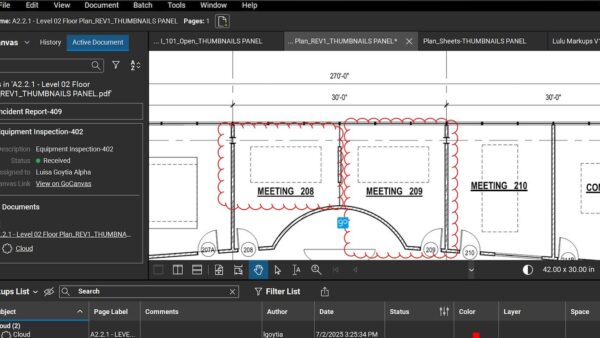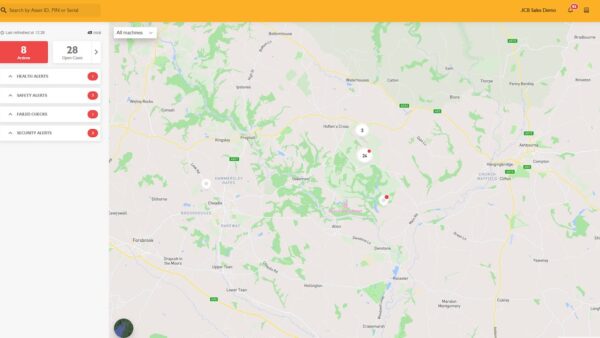There is a disconnect between the client’s expectations of RIBA stages and BIM design methodology, says Steven Hunt, managing director of building services consultancy, Steven Hunt & Associates.
For as long as anyone currently working in construction can remember, projects have been progressed within the framework of the RIBA seven stage model, from feasibility at stage one right through to monitoring of the finished building at stage seven.
The system has worked well and, while design and build procurement routes have sometimes muddied the waters of who holds the mandate for detailed project design, the RIBA stages have helped ensure that all delivery partners understand their role in the process.
BIM, however, is a game changer in construction delivery, causing a problem as everyone is still clinging to the old RIBA rule book, trying to implement new working practices without relinquishing old structures.
In a BIM utopia all delivery partners would be appointed at stage zero (client brief) and work collaboratively through the feasibility (stage one), concept design (stage two) and detailed design (stage three) phases to better equip them to work effectively together throughout the technical design (stage four) construction (stage five), handover (stage six) and monitoring (stage seven) phases.
In the real world of budget conscious BIM projects and traditional definitions of roles and skill sets, however, this remains a pipe dream that we’re unlikely to realise for some time to come.
For most of the construction design and delivery process, this continuation of the traditional status quo, despite the enormous changes to design and delivery methodologies introduced by BIM, does not present too much of a problem.
However, there is a significant grey area in terms of responsibility and financial commitment that occurs somewhere between RIBA stages three and four. This is because the client may request a detailed design but the building services consultant can only provide the required level of detail in the model by investing time and resources in a technical design.
In effect, the client is asking for RIBA stage three, but is expecting stages three and four combined. As a result, the consultant is faced with two equally onerous options: either to provide a performance building services specification that does not meet the client’s expectations; or to complete a full technical specification which exceeds the mandate from the client at that point and involves a significant amount of additional work which has not been accounted for in the fee.
The reason for this is that clients are applying 2D thinking to a Revit-based 3D design process. As a result, where consultants may once have drawn the routes of ductwork and risers into a CAD drawing to scale as part of the detailed design, now these items can only be included in the Revit model if they are fully specified items with product data and pricing.
It’s an issue that BSRIA has identified and attempted to address with its Design Framework for Building Services (BG6/2014), which sets out numerous building services design stages aligned to the RIBA stages. The BSRIA model attempts to insert sub stages between RIBA stages three and four, but the disconnect between traditional thinking and Revit delivery remains. Why? Because Revit is not simply a visualisation tool; it is also a database.
At Steven Hunt & Associates, we have tried to adopt a client-friendly approach that maps the RIBA stages alongside the BSRIA stages and provides the client with a menu of options. In this way we can design to the level of detail they require, without over-reaching their budget or undervaluing the level of work our team needs to put in.
As with all other areas of BIM, however, it will take time for the culture change needed to help us adapt the working processes, structures and assumptions we’ve all been used to. Among those assumptions are both client and the consultant expectations of what RIBA stages three and four should look like.
Only by embedding the BIM principles of communication and collaboration on the scheme can we start to evolve and align those expectations to reflect the new functionality of BIM software and be less encumbered by the old parameters of design stages.
Main image: Ritu Jethani/Dreamstime.com

Clients are applying 2D thinking to a Revit-based 3D design process. As a result, where consultants may once have drawn the routes of ductwork and risers into a CAD drawing to scale as part of the detailed design, now these items can only be included in the Revit model if they are fully specified items with product data and pricing.– Stephen Hunt














